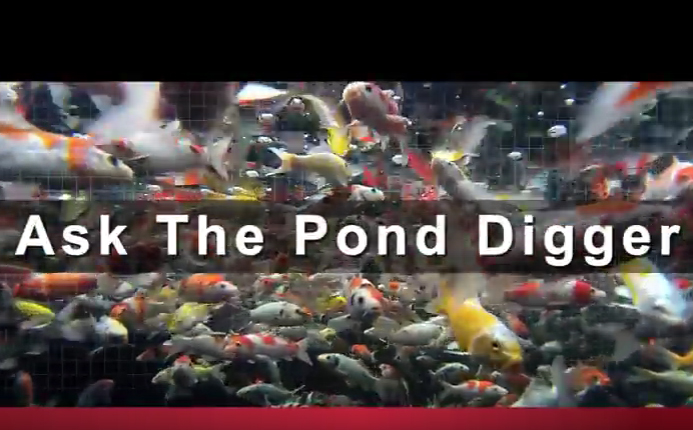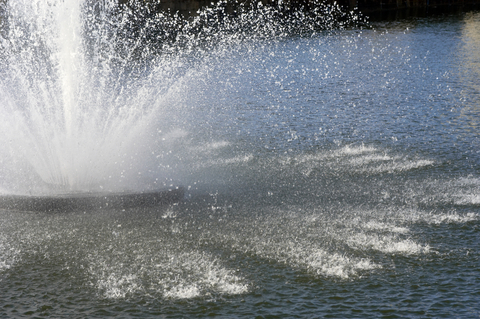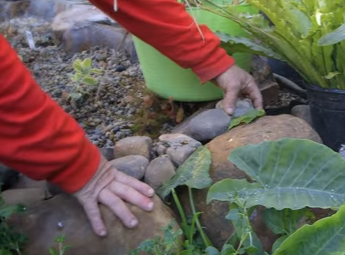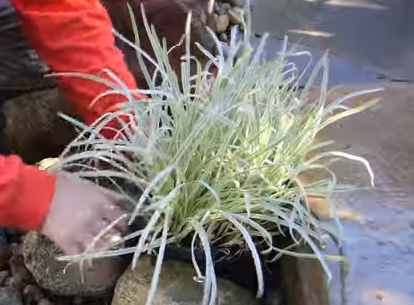Ponds, Streams & Waterfalls
Just one question is covered in "Ask the Pond Digger" this time, in response to a gentleman who asked me to compare reinforced polyethylene (RPE) and ethylene propylene diene monomer (EPDM) liners for use in ponds. I get this one all the time, from do-it-yourselfers looking to save some money - and from professionals who
Most ponds are at the mercy of predators of one sort or another. In Mike Gannon's experience, however, there are two usual suspects he knows he can ignore -- and a whole class of offenders who can't seem to resist stopping by to feast on fishy treats.
As a professional, I've always seen myself as something of a calming influence - basically as an instructor who offers reassuring guidance. I teach my staff, I teach my clients and their families and, through all of the videos I've made, I also like to think I help other pond professionals by giving them tools they can use to
When I look at the average pond, I tend to perceive a range of missed opportunities. I come from the world of aquaponics, where I've spent my career figuring out ways to integrate environments for fish and plants in ways that make both fins and leaves grow like crazy. For the most part, I work on an industrial scale, designing facilities where huge populations of fish are grown as food and, nearby, huge
By early 2015, my folder of saved emails was stuffed with years' worth of questions people wanted me to answer about either their ponds or, as frequently, ponds in general. I decided at that time to answer a number of these inquiries in a video series I've called "Ask the Pond Digger." Most of the questions came from pond owners and do-it-yourselfers, but many others had come from
With some watershaping projects, homeowners enter the process with a very specific vision in mind. This can, of course, be problematic if their thinking doesn't align with the character of the site or the extent of the available budget. With this project, however, the clients' deep-seated desires were never an issue. In fact, the space the clients envisioned had a source of inspiration so sublime - and the property was so well suited to the desired look - that there was no reason even to question how things would turn out. The clients live in a large home in San Marino, Calif., just a couple blocks away from
In a well-balanced pond, the oxygen content of the water is seldom an issue. But if things move off course, notes Mike Gannon, it's essential to find the cause -- and then apply one of three possible remedies tailored to the urgency of the need and the extent of the budget.
As I've suggested a couple times in the brief texts that have introduced the videos in this series on the spring cleaning of ponds, the process we pursue at Pond Digger Waterscape Design & Construction (Yucaipa, Calif.) is filled with opportunities - for minor adjustments, for new additions or, in this particular case, for completely changing directions and rethinking which forms of wildlife should occupy the ecosystem. Frankly, I doubt the
The way I see it, the substantial amount of time and energy involved in a good, annual pond cleaning is definitely well spent. For one thing, it gives us at The Pond Digger Waterscape Design & Construction a chance to address any issues the homeowner may have noticed with the way the pond operates - everything from practical concerns about splashing in certain areas, for example, through to aesthetic
With the huge pond and a moat that wraps itself around the house, it's a variety of watershaping you'd ordinarily associate with a medieval French castle. But actually, it's part of a contemporary estate in Brentwood, Calif., in the backyard of a couple with an amazing desire for an aquatic kingdom they could call their own. The couple had recently moved from the eastern United States and decided to take the fullest possible advantage of




















